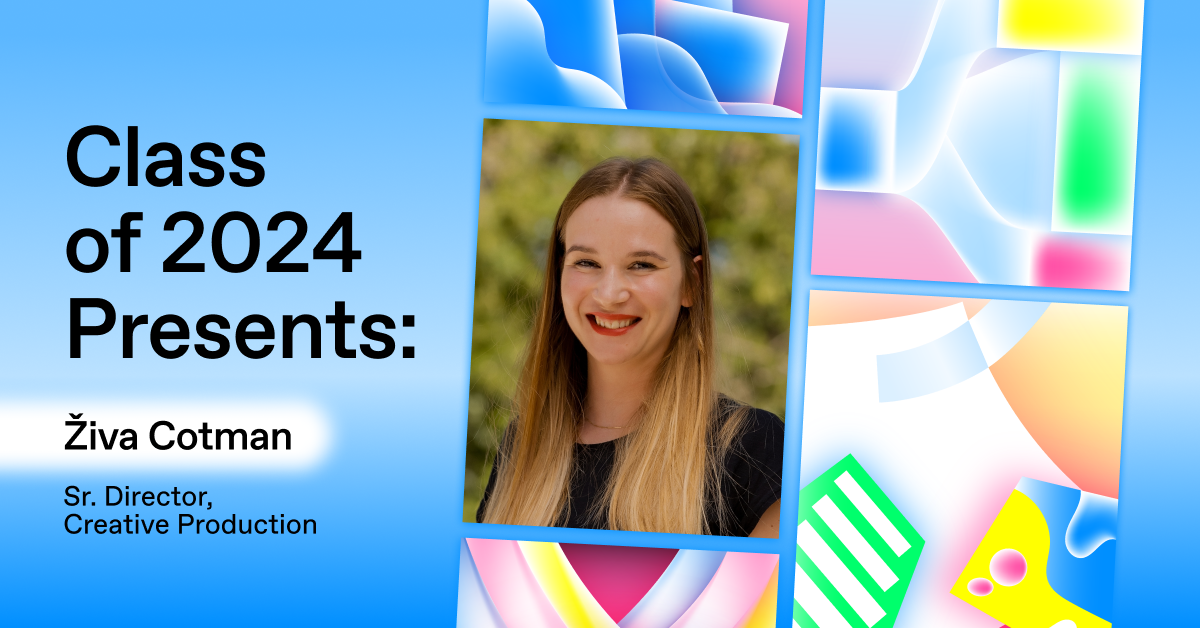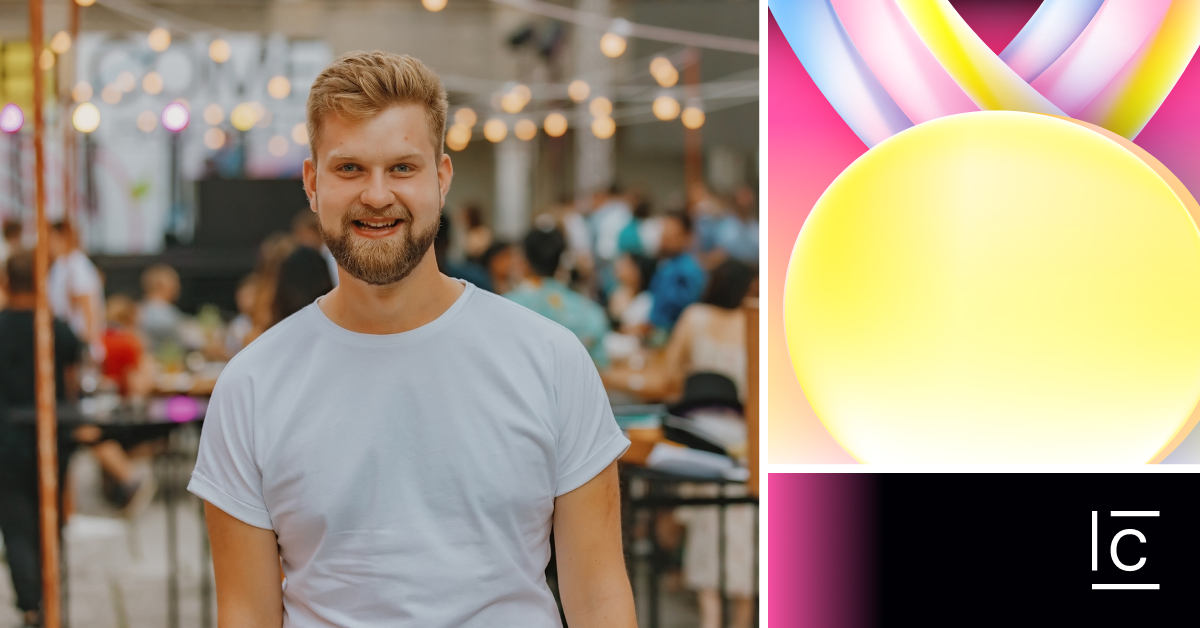With Saša Šuštar, Design Director at Celtra Studio
A New Era…
In 2020, the work-from-home (WFH) model felt like an exciting yet likely passing phase. In 2021, we felt the excitement fade, and madness kicks in. Now, in 2022, we’re seeing a steady growth of companies trying to campaign the “return to office.” Having experienced the stir-crazy effects of working from home all day every day, a change of scenery during the work week comes as a relief, if not a necessity. Cue: the ‘hybrid era’.
After a taste of the good stuff, the demand for jobs that offer flexible work schedules has rocketed. In the US, 50% of all job applications submitted through LinkedIn in February 2022 requested a few home-working days. From a cost perspective, a hybrid working format works a charm as companies needn’t continue paying for expensive workspaces. It also cuts the cost and effect of transport on both the wallet and the environment – Hurray to minimizing your carbon footprint! Ben Gomes-Casseres, Professor of Business and Society at Brandeis International Business School, says, “Remote work can be productive and rewarding […] it extends the geographic reach and diversity of teams, cuts commuting time, and helps with juggling home and work.”
We’ve tested these ideas by asking some of Celtra’s key players to share their opinions and give some insight on the notable changes and challenges brought on by the introduction of the hybrid workweek. First up is Saša Šuštar, Design Director at Celtra Studio (Celtra’s very own creative services studio). We asked her about the challenges and benefits of managing a remote-first team of designers.
How are you finding the adjustment to a hybrid work environment?
Although I am making use of the fact that Celtra is remote-first I must admit I also love going to the office. Hybrid work has given us so many opportunities in terms of managing our own time, but admittedly, I do believe we’re not always managing it wisely. Having said that, I do think that having time to ourselves, plus the freedom to move and work, has helped with creativity. I can break free from a ‘creative block’ simply by going for a walk or looking to books and art for inspiration.
What aspect have you found the most challenging?
There are the biggest, most noticeable problems such as too many meetings, the blending of private and work life and consequently burning out more easily. However, the biggest challenge we face as team leaders is how to truly connect with the people around us.
As far as creativity goes I think everyone can find a place for that – either improving the work processes or shifting things around creatively to manage our time better. We talk a lot about productivity and minimizing screen time but forget that we are deprived of the micro-moments that ground us – chats in the morning with somebody from another department whilst making coffee, lunch with your co-workers… even commuting can be a sort of a ritual that helps you detach from screens and reconnect with your environment. These moments are clear timestamps that create the boundaries as to when and where work begins and ends.

What actionable solutions are you implementing to counteract these challenges with your team?
In Studio, we try to find opportunities to connect: during our 1:1s, through our Buddy program, or our weekly high-lows on Fridays. I’m a big advocate for learning how to have difficult conversations and implementing feedback from our coworkers to create a welcoming and safe environment.
That’s why we’ve introduced peer and manager reviews, not just for performance metrics but also as a time to chat for a minute or two (if the workload permits). For a lot of people, this is the only time in the day that they get to see their coworkers, which can really set the tone for the day. It is important to be pragmatic about meetings but I believe we shouldn’t always be strictly utilitarian.
When talking about design work, I believe keeping a high standard requires a lot more check-ins from lead designers. However, it is a delicate situation as you need to hit the right amount of check-ins without turning into a micromanager. The problem with micromanaging is that, in the long run, it disempowers the designer and makes them feel like they don’t own their work, which is devastating both to the individual as well as the general morale of the team. So in Studio, we encourage proactivity and try to nurture the resilience of our designers without being overbearing. This means taking the time to learn how to accept difficult feedback as well as feel comfortable giving it in return- to peers and managers alike.

What advice would you give to other leaders in hybrid workplaces?
Taking into account that we work over multiple teams and time zones, like many other companies, it is not always easy to feel connected to your team. This is why it’s so vital to actively seek out situations where you can, at least for a moment in the day, truly listen to one another. I think this makes a world of difference to not only how you do your job but why.
Stay tuned for the next part of this 3 part series on Driving Momentum in the Hybrid Work Era.






